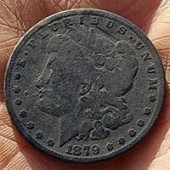Impulse AQ Coil Connector False Signals
-
Similar Content
-
- 0 replies
- 97 views
-
- 56 replies
- 3,820 views
-
- 28 replies
- 2,155 views
-
- 58 replies
- 24,616 views
-
- 10 replies
- 4,832 views
-
- 10 replies
- 4,284 views
-
-









Recommended Posts
Create an account or sign in to comment
You need to be a member in order to leave a comment
Create an account
Sign up for a new account in our community. It's easy!
Register a new accountSign in
Already have an account? Sign in here.
Sign In Now